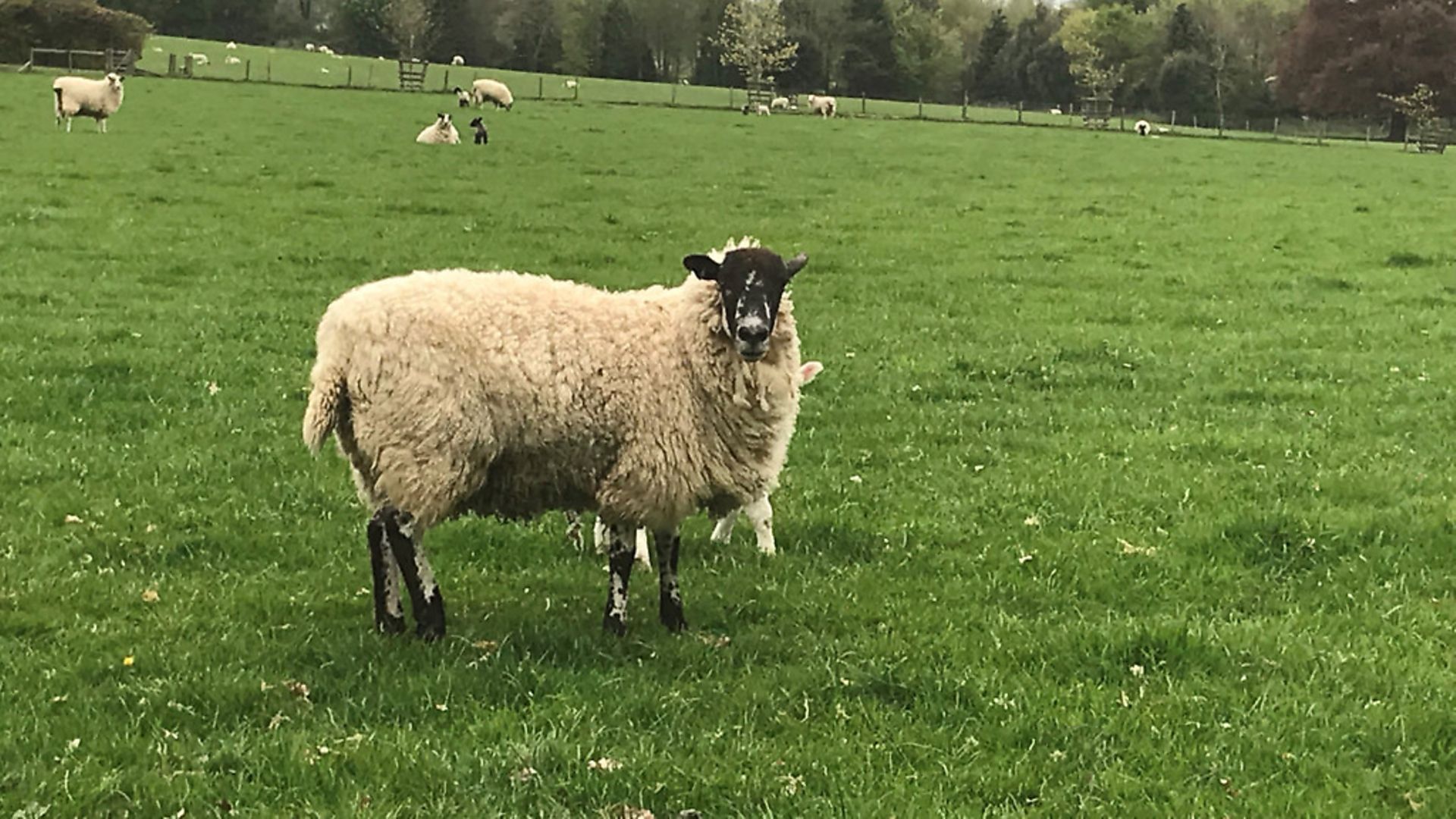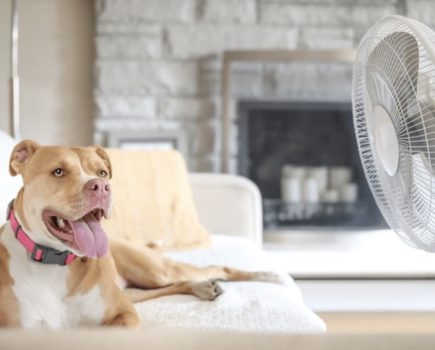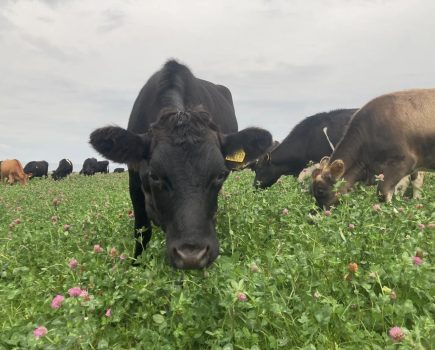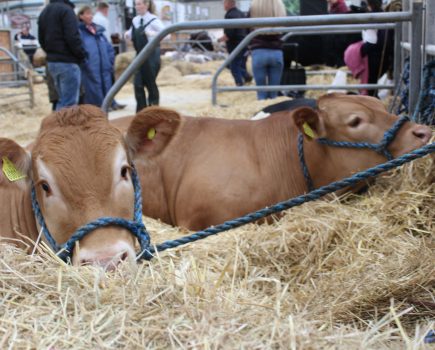Contagious ovine digital dermatitis is a painful condition that affects sheep’s hooves. We outline the symptoms of CODD that you should look out for and how to deal with this nasty infection

Contagious ovine digital dermatitis (CODD) is a relatively newly emerging cause of lameness in sheep, being first identified in 1997 in the UK. Most reported cases so far have been restricted to the UK and Ireland, but cases have been confirmed in Chile and Denmark. In recent postal questionnaires sent to farmers, 35% of Welsh and 58% of English farmer respondents indicated the presence of CODD on their farms. Treatment for CODD is different from treatment for footrot (the most common cause of infectious lameness in the UK), so getting the correct diagnosis is important.
What is CODD?
CODD is a bacterial infection caused by the Treponema species and is similar to digital dermatitis in cattle. Interestingly Dichelobacter nodosus, the bacteria that causes footrot in sheep, is often cultured from swabs of feet affected with CODD.
The link between footrot and CODD is not understood yet, but studies have found that by controlling footrot on farm the prevalence of CODD also falls.
The difference is that whereas footrot tends to start between the claws (the interdigital space), CODD starts at the coronary band — the junction between the hoof and the hairy skin at the top of the foot. CODD starts as an ulcer lesion which erodes the horn. As it progresses the whole hoof capsule will come away. It is a very painful condition so it may cause severe lameness, affecting one or more feet.
Be observant
As with all cases of lameness, prompt identification and treatment have a huge impact on the success and speed of recovery, so close daily observation of your flock walking is vital. Lame sheep should be handled and examined more closely. All four feet should be carefully inspected and do not forget to examine higher up the legs for swellings, cuts or other issues.
Getting an accurate diagnosis is paramount to ensure appropriate treatment. If you are unsure about what you are seeing, send a good quality photo to your vet. Like other causes of infectious lameness in sheep, trimming the hoof of the affected foot is now considered less effective than treating with injectable antibiotics.
Trimming often causes more damage to the affected foot, may slow recovery and leave the foot misshapen and more vulnerable to infections. Depending on which antibiotic is prescribed, repeat injections may be required. Speak to your vet for more information.
It is also important to identify and record the sheep ID and which foot is affected in order to make future breeding and culling decisions.
Prevention
The easiest way to introduce CODD onto your holding is by bringing in infected sheep. Quarantine of newly purchased stock and sheep returning from shows or hire for 30 days is important in order to identify any underlying diseases. Close inspection of the sheep’s feet during this period can help to identify lesions and consider foot bathing the animals during this period as a means of disinfecting the feet.
As with other infectious diseases, be mindful of the contagious nature of CODD. Isolation of lame sheep and moving sound ones onto clean pasture is important as the bacteria can survive on the grass for up to 30 days.
Culling repeatedly lame sheep is also a good disease control measure as they can act as a reservoir for infection. The Agriculture and Horticulture Development Board’s (AHDB) Five Point Plan for Tackling Lameness in Sheep is a great online resource with more information on diagnosis of foot lesions and control strategies.
Image(s) provided by:
Archant







